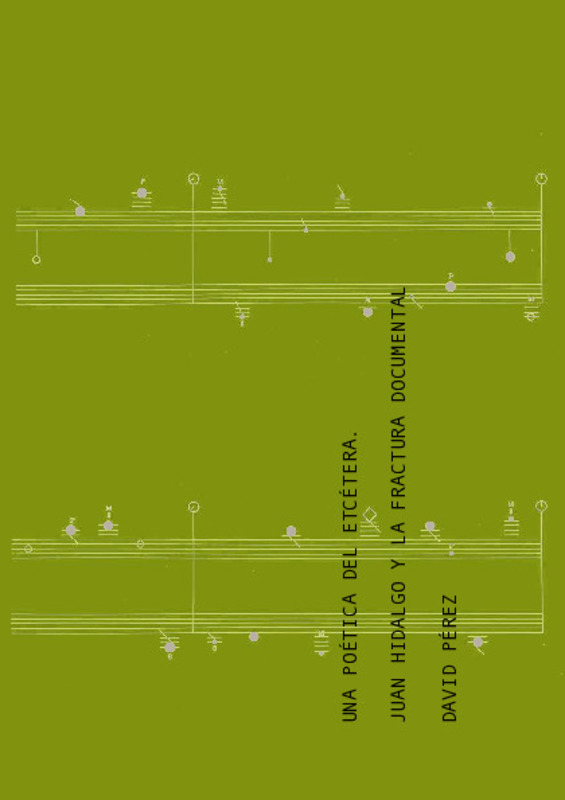JavaScript is disabled for your browser. Some features of this site may not work without it.
Buscar en RiuNet
Listar
Mi cuenta
Estadísticas
Ayuda RiuNet
Admin. UPV
Una poética del etcétera. Juan Hidalgo y la fractura documental
Mostrar el registro completo del ítem
Pérez Rodrigo, D. (2018). Una poética del etcétera. Juan Hidalgo y la fractura documental. Fire Drill Ediciones. http://hdl.handle.net/10251/201520
Por favor, use este identificador para citar o enlazar este ítem: http://hdl.handle.net/10251/201520
Ficheros en el ítem
Metadatos del ítem
| Título: | Una poética del etcétera. Juan Hidalgo y la fractura documental | |
| Autor: | ||
| Entidad UPV: |
|
|
| Fecha difusión: |
|
|
| Resumen: |
[ES] El presente volumen, publicado poco meses después del fallecimiento del artista en 2018, analiza la figura de Juan Hidalgo, fundador del grupo ZAJ en 1964 (junto con Ramón Barce y Walter Marchetti) y Premio Nacional ...[+]
[EN] The present book, published shortly after the artist's death in 2018, analyzes the figure of Juan Hidalgo, founder of the ZAJ group in 1964 (along with Ramón Barce and Walter Marchetti) and National Plastic Arts Award ...[+]
|
|
| Palabras clave: |
|
|
| Derechos de uso: | Reserva de todos los derechos | |
| ISBN: |
|
|
| Editorial: |
|
|
| Serie: |
|
|
| Tipo: |
|







